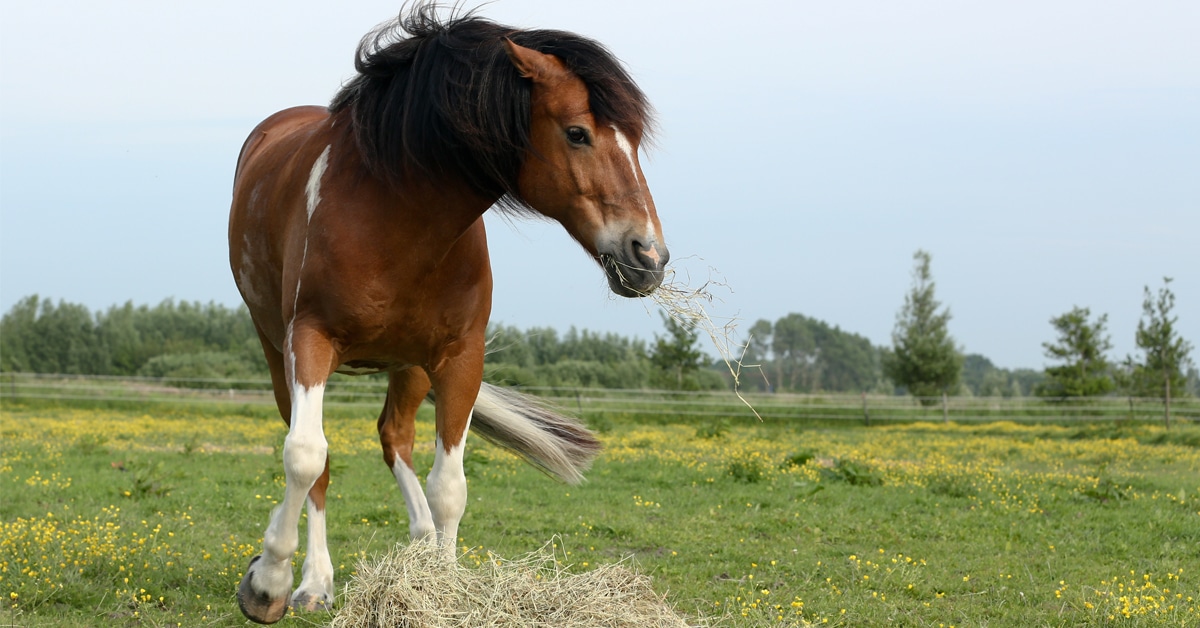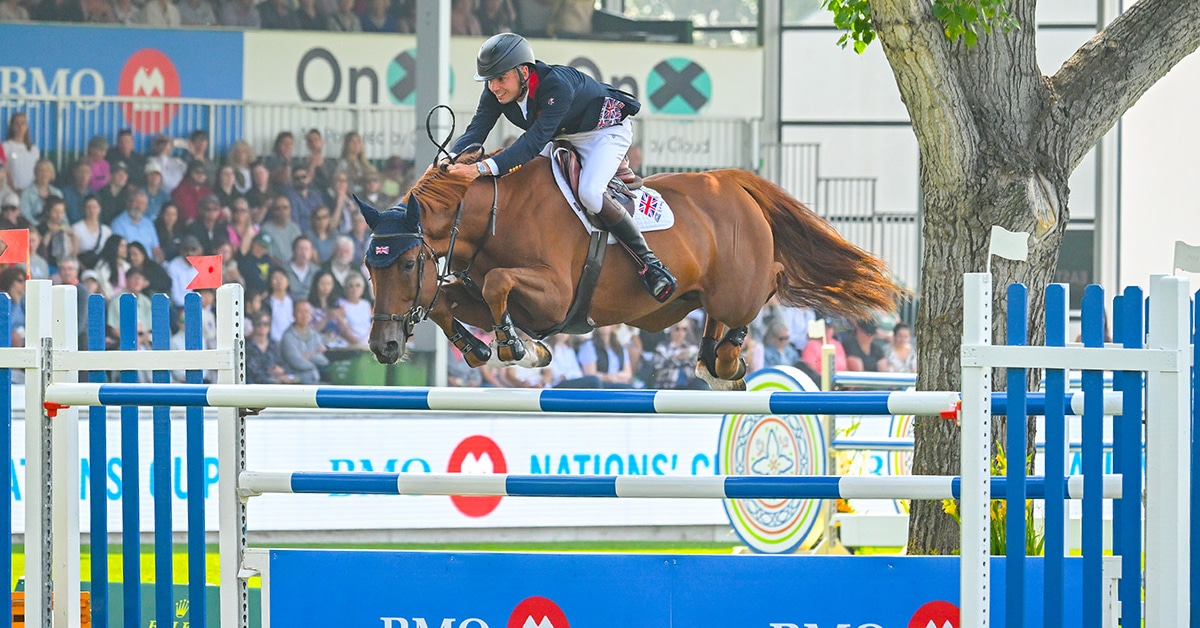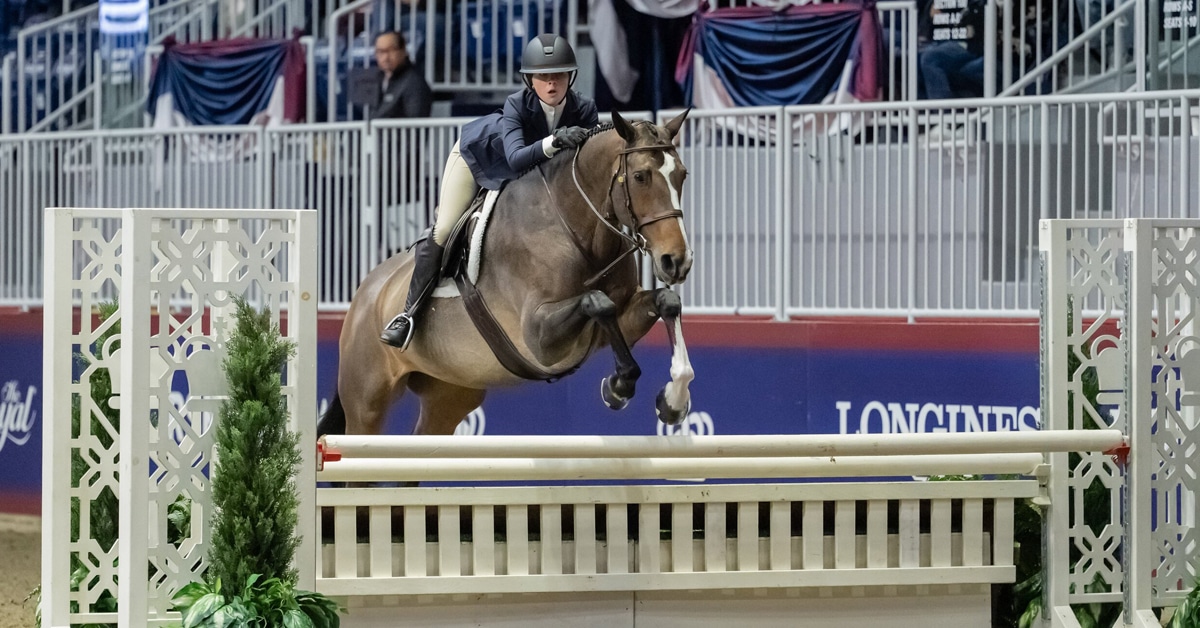Linda Allen is one of the world’s uniquely talented Open International FEI show jumping course designers, FEI steward, technical delegate, USEF judge, clinician and author. A former competitor herself with a background in sport horse breeding, Linda’s resumé is chock full of global accreditations, affiliations, consultancies, publications and awards. Horse Sport asked her how hunter/jumper conformation has changed over the years, what has remained consistent, and what to look for in a prospect.
Hunters: Not Just a Pretty Face
“One thing is certainly true of both disciplines – breeding,” Allen acknowledged. “As sport horse breeding has become a global industry in recent decades, horses that may have been seen as jumping, dressage, or eventing cast-offs were reborn as hunters. This trend has inspired more breeders to re-educate themselves and look at this discipline as a legitimate marketplace, especially in North America.”
But while the breeding has changed, the goals remain the same. “I don’t know that conformation ‘ideals’ for hunters in North America have changed so much over the years,” said Allen. “A correctly-built horse is a correctly-built horse. Since hunters are judged subjectively on not only their stylish jumping technique, but also on their way of going, developing a successful individual for this division is certainly easier when one starts with a well-balanced horse whose neck is set on in the correct manner. Too high or too low a neck, or too straight a shoulder, will never let the horse carry himself in the low, soft, ground-covering manner that judges are looking for.
“Hunters should look balanced and relaxed in natural carriage without the knee action that is seen in dressage,” she continued. “A horse that carries itself naturally in this ‘frame,’ that jumps with a natural tendency to snap its knees over every fence, and that has ‘eye appeal’ with a relaxed elegance is essential in today’s highly-competitive hunter divisions.”
While there are some successful Thoroughbreds currently in the top hunter ranks – think Robin Hannah-Carlton’s Future Kings, who were champions in Ocala this winter – Allen said, “Rather than the Thoroughbreds that were the norm 20 to 30 years ago, modern Warmbloods are what is found in this division today.” Successful Canadian examples of the latter include Say When, a Dutch Warmblood gelding owned by Danielle Trudell-Baran, and Bayridge, a German Sport Horse owned by Doug Bannister.
Jumpers: All Shapes and Sizes Welcome
In terms of jumpers, I don’t believe there ever has been a ‘typical’ type,” noted Allen. “Top-class horses over the years have ranged from extremely large, such as Big Ben or Calvaro, to diminutive such as Jappaloup or Fit for Fun. While correct conformation, especially in the legs and feet, most often results in fewer soundness issues over the years, there are many exceptions to even this rule when one observes the variety of individuals presented at the veterinary inspection of a five-star event.
“Breeding truly is more of an art than a science. Top breeders study bloodlines and individuals endlessly, always adding to their knowledge and ability to successfully plan matches. They put great value on having top mares; good stallions are plentiful, but really top mares are invaluable to a breeding program.”
However, “For someone looking for that certain horse that will do the job that they need done, thinking about bloodlines is seldom the way to go. The quality of the bloodlines is very important when one has nothing else to go on (i.e. unborn foal), but once there is an individual to see and evaluate, that factor becomes increasingly important. We all know full brothers or sisters that vary greatly in both looks and abilities.” Therefore, once a horse is in training, one should be looking at the horse and not his papers.
As budget might be a major consideration for many hunter/jumper riders, how do you compromise if you can’t afford the ‘elite’ bloodlines? “Objectively evaluating the conformation of both mare and stallion as it relates to function perfectly supplements pedigree evaluation, performance records, production history, and such, allowing the bargain hunter to get the most value for their budget.”
While physical jumping talent is important, it is the depths of a horse’s character that determines how successful it will be. “The sort of character that will keep a horse fighting for the clear round at 1.60m is often not the easiest to deal with in the immature horse.” Hickstead, who was notoriously difficult as a youngster, is a perfect example.
In the end it is the horse with sufficient athleticism, power, quickness, and a real desire to get to the other side without touching the rails. Since this last, crucial aspect cannot be proven until the horse is actually educated to the point of being equipped to handle the challenges presented in today’s high-level grand prix, one never truly knows which horses will become those rare superstars.
Conformation Analysis
Allen refers to Judy Wardrope, a respected conformation specialist and clinician who takes an extremely analytical approach to breeding to achieve the most desirable conformation. “It is common practice to ‘breed like to like’ in order to produce a foal of the same type as the sire and dam,” Wardrope notes. “But we need to objectively analyze both the physical strengths and the limitations of mares and stallions for specific disciplines.”
A basic knowledge of equine anatomy is necessary to accomplish this. “Knowing the placement of the LS (lumbosacral gap or high point of croup), ilium, femur, stifle, scapula, humerus, elbow, and base of neck is a good place to start. We can then use these points, as well as the point of hip, the point of buttock, the point of shoulder and the pillar of support (a line that runs through the groove in the foreleg to the top of the horse and the ground).”
Train your eye to recognize these conformational points as being key elements to function. “We can look at photos of top performers in our sport and easily spot the common traits among them based on measurable criteria,” says Wardrope. You can then compare those points to your own mare, stallion, youngster, or purchase prospect.
The Latest









